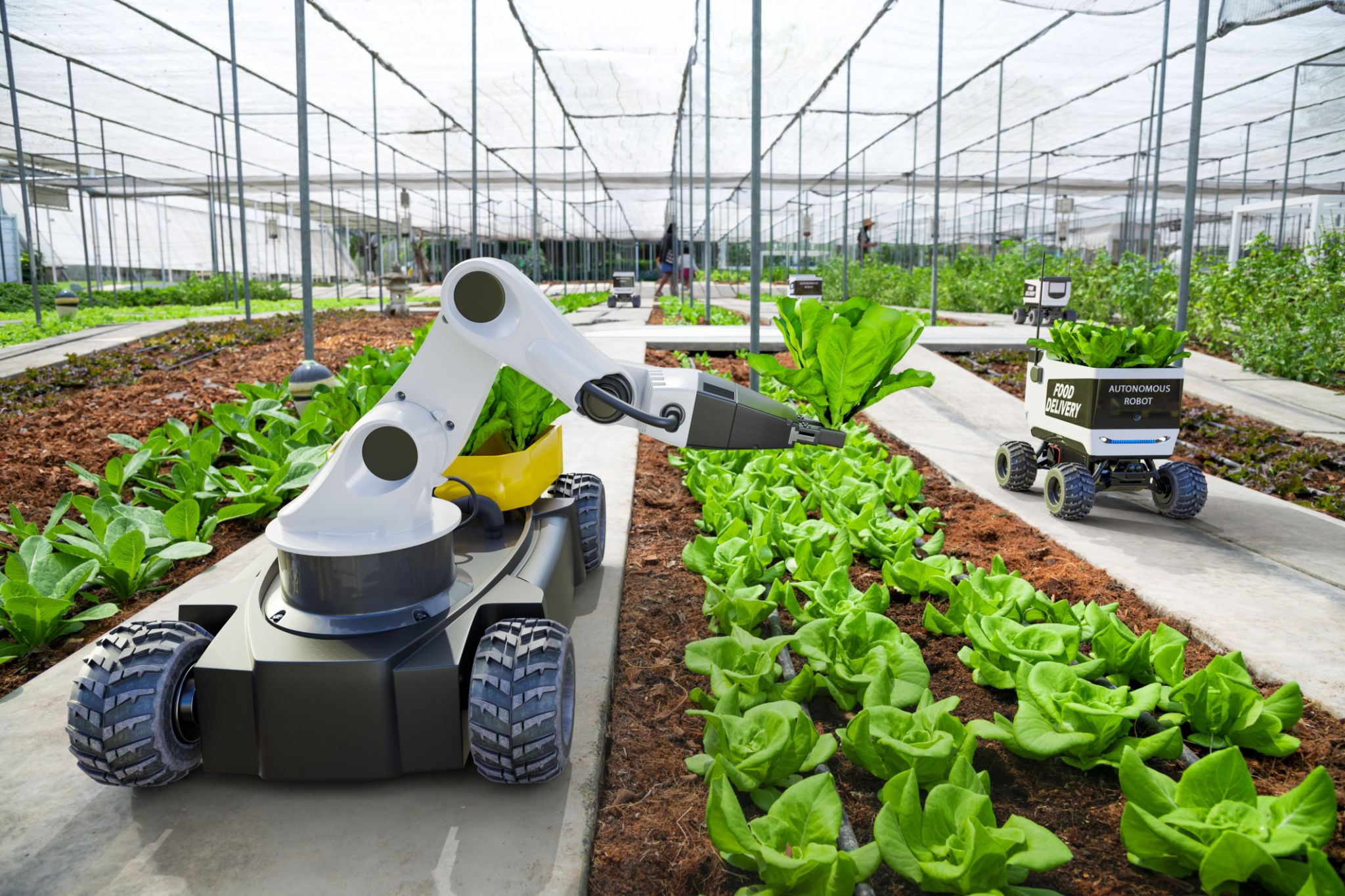Comparing Traditional vs. Modern Farm Development Techniques
Introduction
In the ever-evolving world of agriculture, the techniques used in farm development have seen significant shifts. Traditional methods that have been passed down through generations are now being compared to modern farming techniques that utilize technology and scientific advancements. This post delves into the differences between these two approaches to help understand their impacts on productivity and sustainability.
Traditional Farm Development Techniques
Traditional farming methods are deeply rooted in cultural practices and have been used for centuries. These techniques often rely on natural resources and manual labor, with a focus on sustaining the land for future generations. Some common traditional practices include crop rotation, organic fertilization, and manual irrigation.
A significant advantage of traditional farming is its emphasis on ecological balance. By employing methods like crop rotation, farmers can naturally replenish soil nutrients, reduce pests, and maintain soil health without synthetic chemicals.

Modern Farm Development Techniques
On the other hand, modern farming techniques have revolutionized the agricultural landscape. These methods leverage technological advancements to increase efficiency and yield. Key components of modern farming include precision agriculture, genetically modified organisms (GMOs), and advanced machinery.
Precision agriculture, for instance, uses GPS and IoT devices to monitor crop health and optimize resource use. This approach not only enhances productivity but also minimizes waste by applying the right amount of water, fertilizers, and pesticides only where needed.

The Role of Technology
Technology plays a pivotal role in modern farm development. From drones that provide aerial views of fields to sensors that measure soil moisture levels, technology enables farmers to make data-driven decisions. This results in more efficient resource management and better crop outcomes.
Moreover, technological advancements have made it possible to predict weather patterns more accurately, allowing farmers to plan their activities accordingly. This proactive approach significantly reduces risks associated with climate change and unpredictable weather conditions.

Sustainability and Environmental Impact
When comparing traditional and modern farming techniques, it's crucial to consider their environmental impacts. Traditional methods are often more sustainable due to their focus on maintaining ecological balance and biodiversity. However, they may not always meet the growing food demands of a rising global population.
Modern techniques, while efficient, can sometimes lead to environmental challenges such as soil degradation and water pollution if not managed properly. The use of synthetic chemicals in fertilizers and pesticides can harm local ecosystems if overused.
Conclusion
The debate between traditional versus modern farm development techniques is complex. While traditional methods prioritize sustainability and ecological health, modern techniques offer enhanced productivity and efficiency. The ideal approach may lie in integrating both methods, utilizing technology to enhance traditional practices for a sustainable future in agriculture.
Ultimately, the choice of farming technique depends on various factors including geographical location, available resources, and specific crop requirements. By understanding the benefits and limitations of each approach, farmers can adopt strategies that best suit their needs while contributing to global food security.